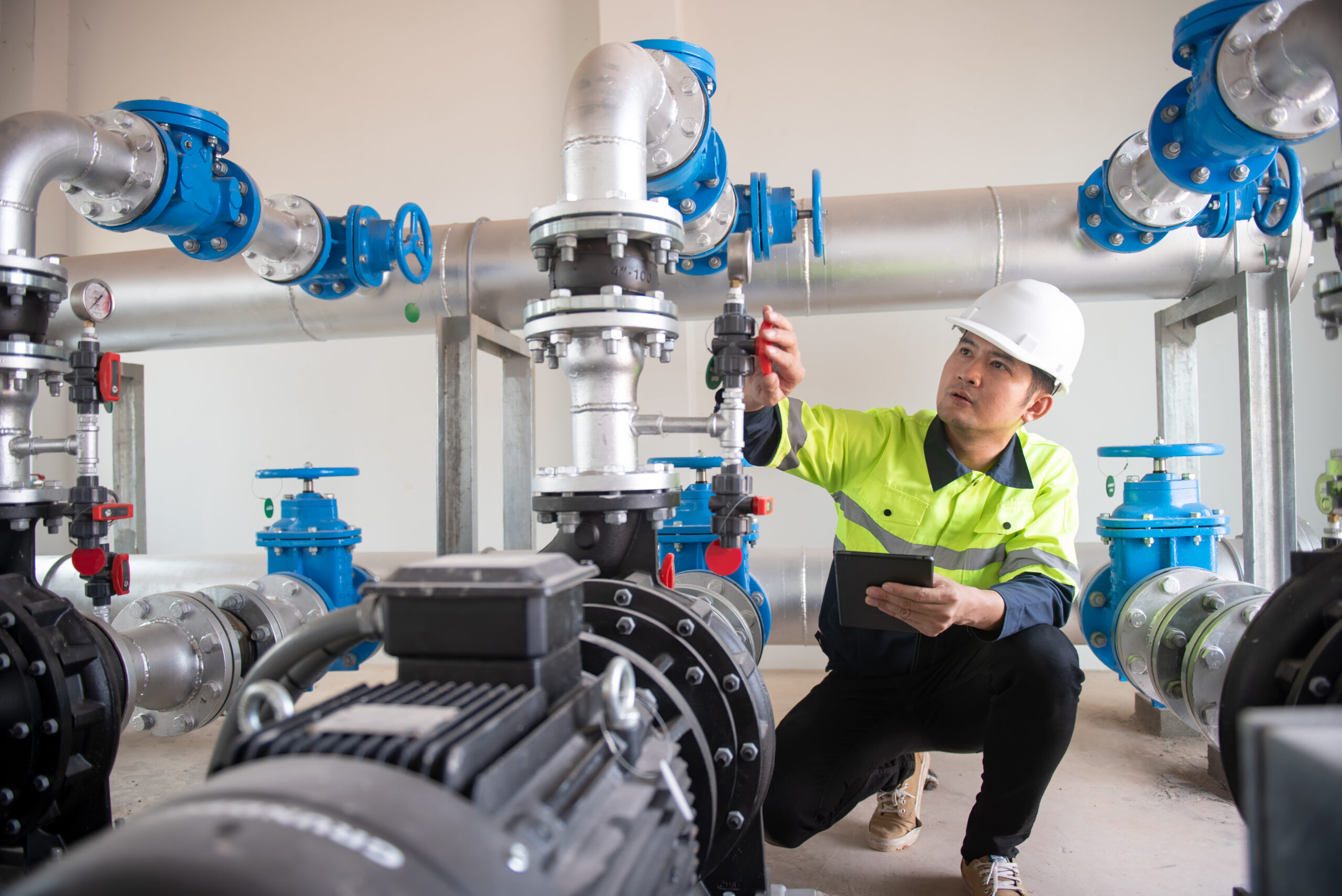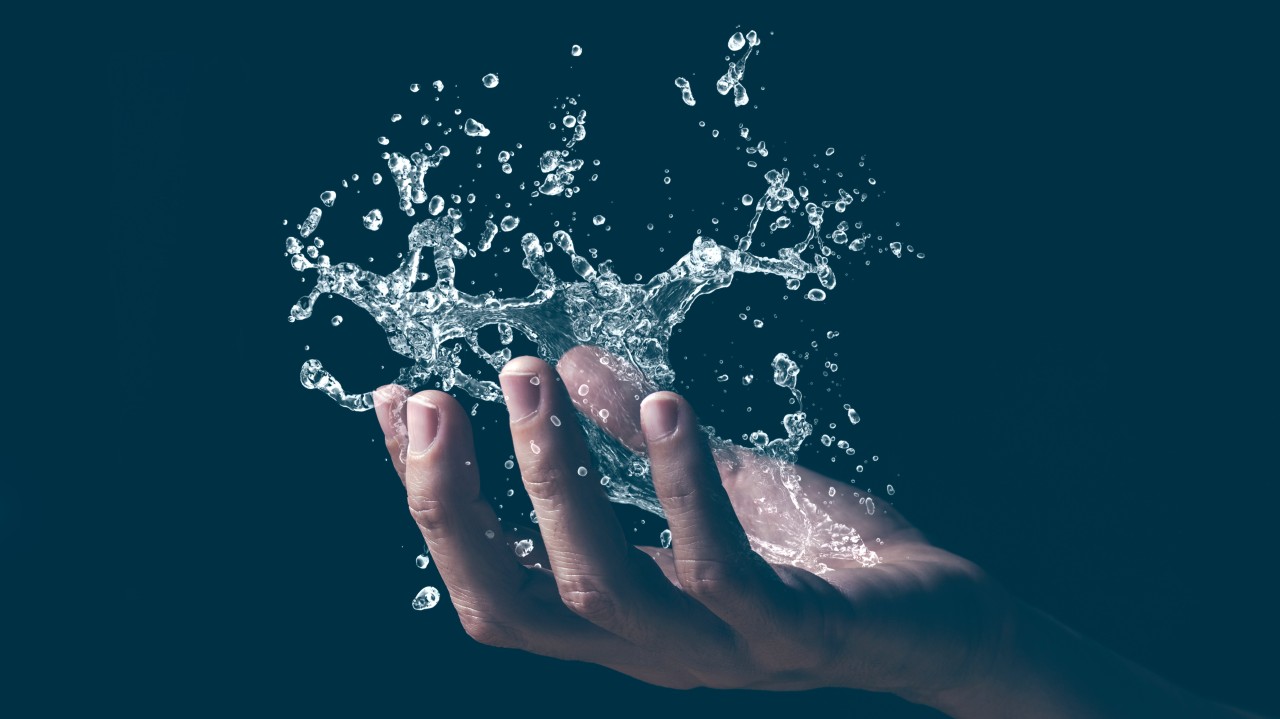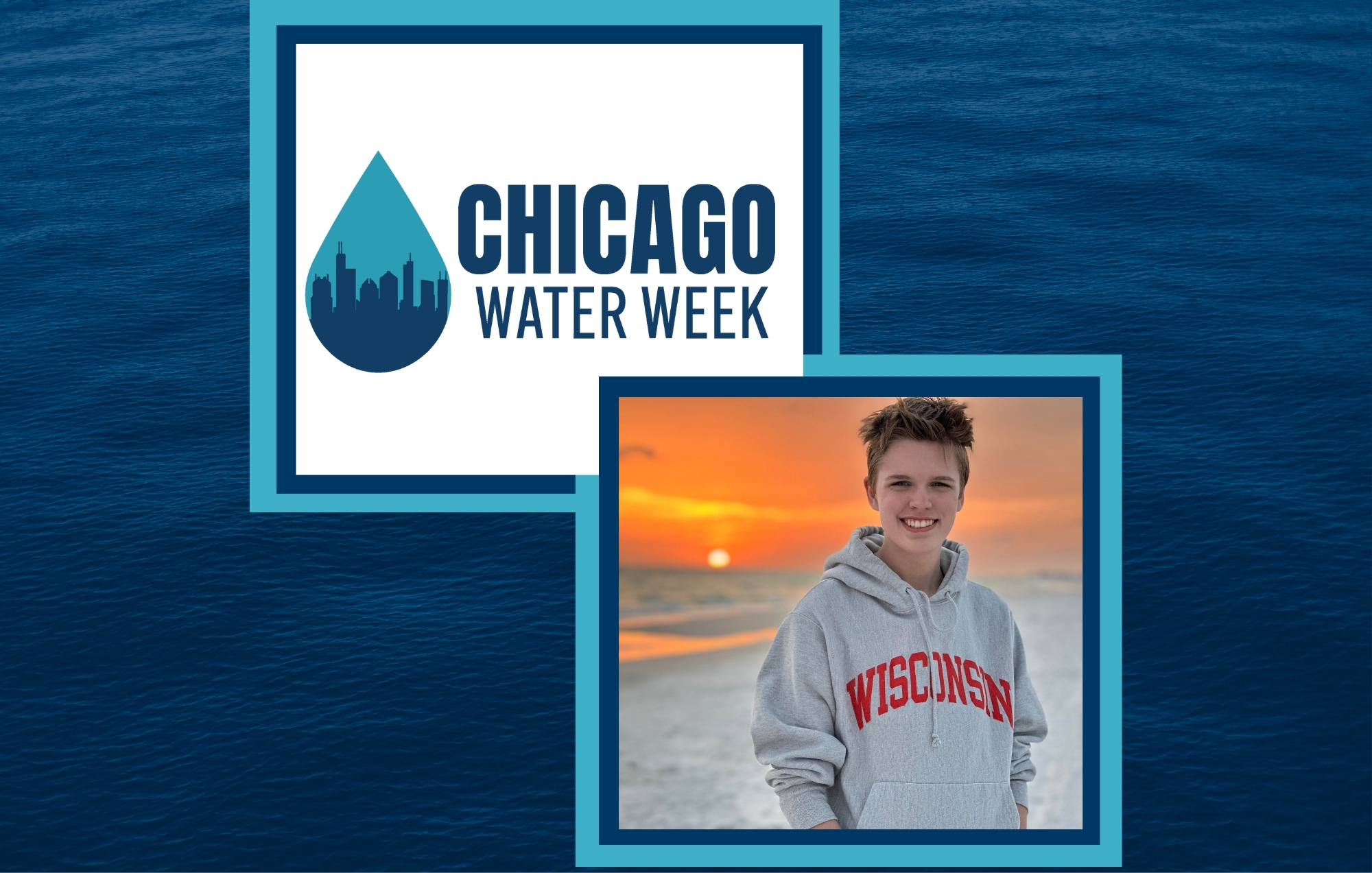Every water technology must undergo rigorous testing before it makes the leap from lab to market.
Yet real-world water testbeds — controlled platforms for testing and evaluating these technologies — are relatively scarce. This scarcity creates barriers to commercialization, as piloting new technology is a critical step in innovation and product development.
Case in point: Cleveland Water Alliance vetted 300 requests for access to its Lake Erie testbed in 2023 and accepted just 30. The Great Lakes ReNEW partner has a 60-company wait list.
Expanding access to test beds is critical to accelerating water technology innovation — and is a key pillar ofReNEW’s mission.
Leading the way from lab to lake

Cleveland Water Alliance was established in 2014 to accelerate the region’s water economy as a connector and hub.
Over the last five years, the CWA has made Lake Erie the largest digitally connected freshwater body in the world, investing more than $10 million in infrastructure since 2022 and attracting the attention of agencies, institutions and water technology companies worldwide.
“Our goal was to attract companies and entrepreneurs by building the capacity to test and trial technologies directly with utilities, watershed managers, and industrial water users, with the lake as our testbed,” Executive Director Bryan Stubbs explained. “And we’ve accomplished it.”
CWA’s Water Accelerator Testbed is powered by the Smart Lake Erie Watershed: a 6,000-square-mile telecommunications network outfitted with smart buoys, sensors, and monitoring stations. The plug-and-play testbed locations throughout the system give innovators access to a range of water and weather conditions, while covering for legal, regulatory and insurance worries.
A flood of innovators
Water tech innovators took note: since the testbed’s 2021 soft launch, companies with technology at technology readiness levels (TRLs) 5 through 9 have come to Lake Erie for product trials.
“With 65% of our deal flow coming from overseas, we’ve become a global destination,” Stubbs said. “We look at 300 deals a year, with about 30 testbed deployments annually and are limited only by the capacity of our testbed and our deal flow analyzers.”
This spring CWA also launched the Freshwater Innovation Fund, a venture capital fund aiming to raise up to $25 million and targeting investments in up to 18 companies.

Building a connected testbed network
One of ReNEW’s key priorities is to bring together regional hubs and testbeds across the region to drive innovation. Creating the first connected testbed network in the US will enable ReNEW to bring together researchers, startups, national labs, and utilities for rigorous pilot testing and scaling.
This connected testbed network will include a range of testing environments, including various waste streams and real-world conditions. In addition, opportunities for workforce development and education will be incorporated into testbed activities. And ReNEW will scout and bring emerging innovations into the testbed network, using a matchmaking process to pair entrepreneurs and researchers with the right testbed for their testing and scaling.
Ultimately, the connected testbed network will enable rapid testing and validation of new water technologies and foster collaboration between universities, industry, and utility.
Dr. Melissa Pierce, Technical Program Director at Current and Technical Integration Lead for Great Lakes ReNEW, emphasized the significance of collaboration: “ReNEW’s connected testbed network will be the first of its kind in the U.S., with its strength rooted in our ability to link innovators to a variety of testing environments. This isn’t just about individual breakthroughs—we’re building a regional platform to drive scalable, long-term impact in water innovation.”
CWA’s testbed is a success story, but scale is needed. “Water is massively underinvested in,” Stubbs emphasized. “We’ve developed a blueprint, something that can be built upon and expanded. Chicago or Cleveland can’t own this alone. ReNEW gives all of us a chance to build a much more robust ecosystem, so that collectively we can own and lead this issue nationally and globally.”
Alaina Harkness, CEO of Current and Great Lakes ReNEW, agreed. “The market is telling us to build and expand more testbeds, which is exactly what we plan to do. It’s all part of our mantra: Built in the Great Lakes, made for the world.”
Note: This material is based upon work supported by the National Science Foundation under Cooperative Agreement No. 2315268




